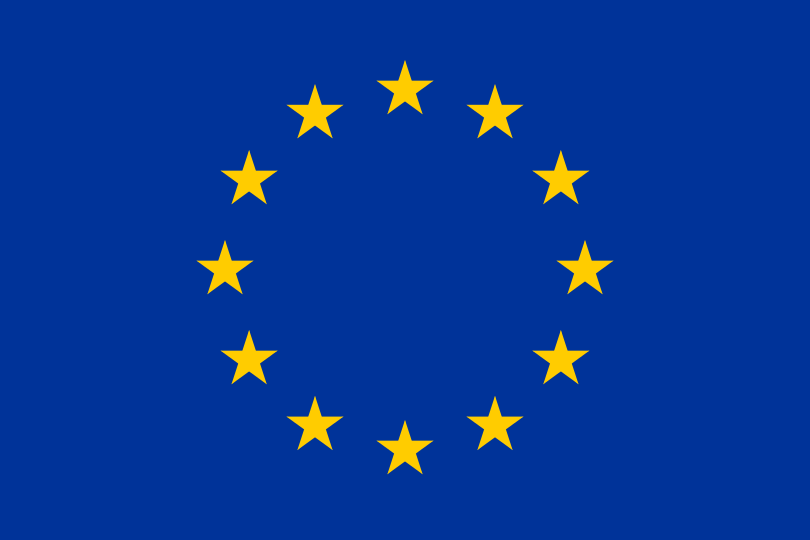Observers have seen that threats, abuse and intimidation on social media can exponentially multiply and be dangerous for targeted individuals and groups. Posts of online hate speech cannot be removed as easily as they spread. A 2016 survey indicated that 75% of those that follow or participate in on-line debate or discussion had either witnessed or been the subject of abuse, threat or hate speech.
EU law deems hate speech, both off- and on-line to be illegal. In the USA, on the other hand, ‘hate speech’ is not a legal term . Most of what would qualify as hate speech in other western countries the US Supreme Court has repeatedly ruled as legally protected free speech under the constitution’s First Amendment. The USA has traditionally referred to its constitution in vigorously protecting free speech. But many restrictions still do exist such as those that incite ‘imminent lawless action’, that censor obscenity, etc.
(Read more: Estonian Life No. 10 2021 paber- and PDF/digi)
Laas Leivat, Toronto




